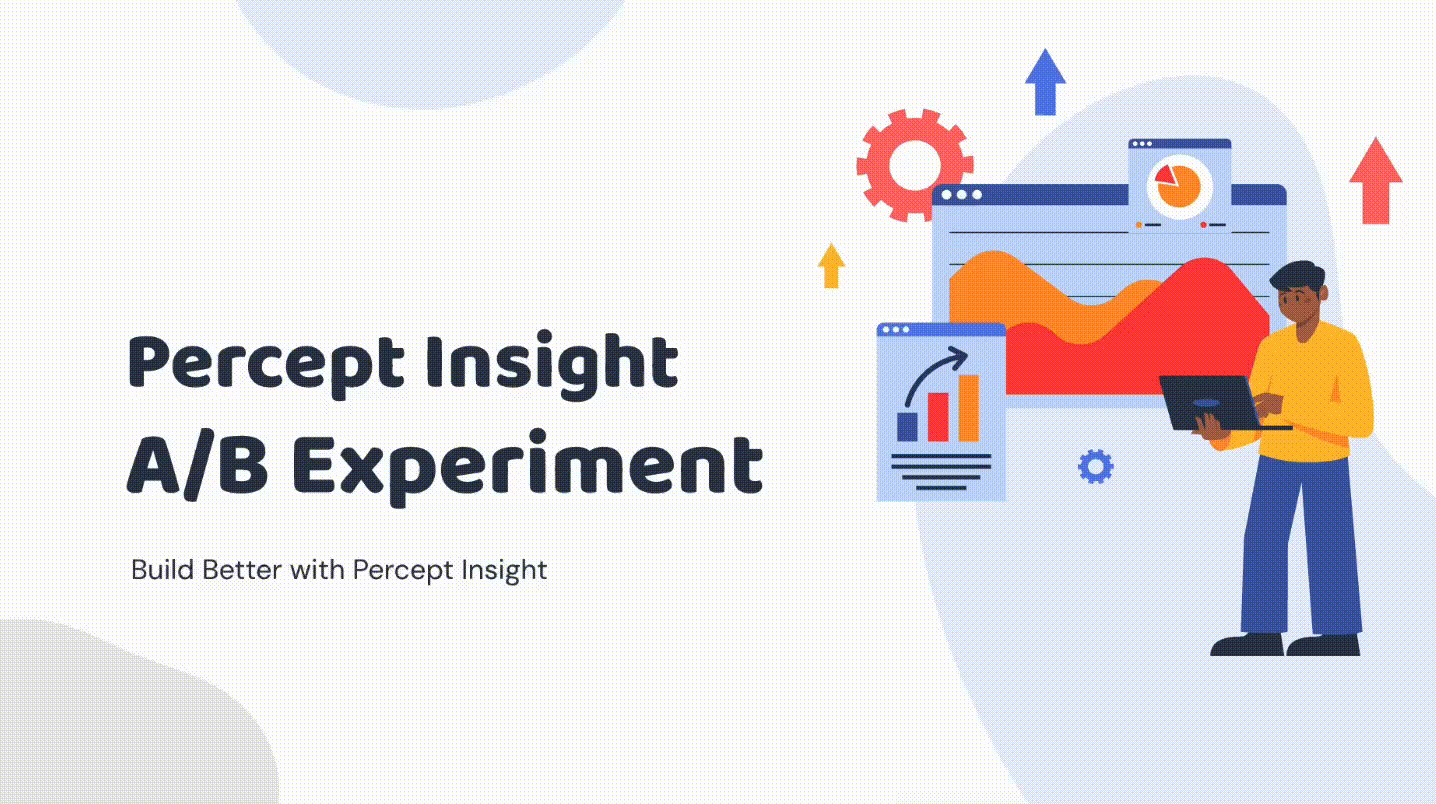A/B Experiment

Percept Insight A/B Experiment is a powerful tool for enhancing product management. It allows you to easily create and deploy feature variants, helping you determine which variant performs better at scale.
So, What is an A/B Experiment on Percept Insight, and how does it help? How does it function? Let's explore the answers to these questions and more.
How A/B Experiment Helps
A/B Experiment offers several key benefits to businesses:
- Optimizes User Experience: By testing different variants of features, businesses can identify what resonates best with users, leading to a more tailored and effective user experience.
- Increases Conversion Rates: A/B Experiment helps pinpoint the most effective design, content, or feature variations that drive higher conversion rates, ultimately boosting sales and lead generation.
- Reduces Risk: Before fully rolling out a new feature or change, A/B Experiment allows businesses to validate ideas on a smaller scale, minimizing the risk of negative impacts on the broader user base.
- Data-Driven Decisions: A/B Experiment provides concrete data on what works and what doesn’t, empowering businesses to make informed decisions rather than relying on guesswork.
- Enhances Marketing Strategies: By experimenting with different messaging, offers, or layouts, businesses can refine their marketing strategies to better engage and convert their target audience.
- Improves ROI: Continuous A/B Experimenting enables businesses to optimize their offerings and user interactions, leading to improved returns on investment by focusing resources on what truly works.
A/B Experiment Use Cases
- Subscription Retention: Measure the impact of different subscription models or pricing strategies on the number of users who continue their monthly payments versus those who cancel their subscriptions over time.
- Geographic Engagement: Compare the effectiveness of targeted promotions or features in different cities, such as Bengaluru versus Delhi, by analyzing the repetition of the "Order_Placed" event.
- Feature Adoption: Test variations of the "Nudge" feature to determine what percentage of users continue to engage with it after 30 days.
- Algorithm Effectiveness: Experiment with different algorithms, such as product search algorithms, to identify which version significantly improves user satisfaction and engagement.
- Price Sensitivity: Test how different price points for a product or service affect user purchase behavior by comparing conversion rates across various price tiers.
- Deal Effectiveness: Evaluate the success of different promotional deals, such as discounts, bundles, or flash sales, in driving both immediate purchases and long-term customer loyalty.